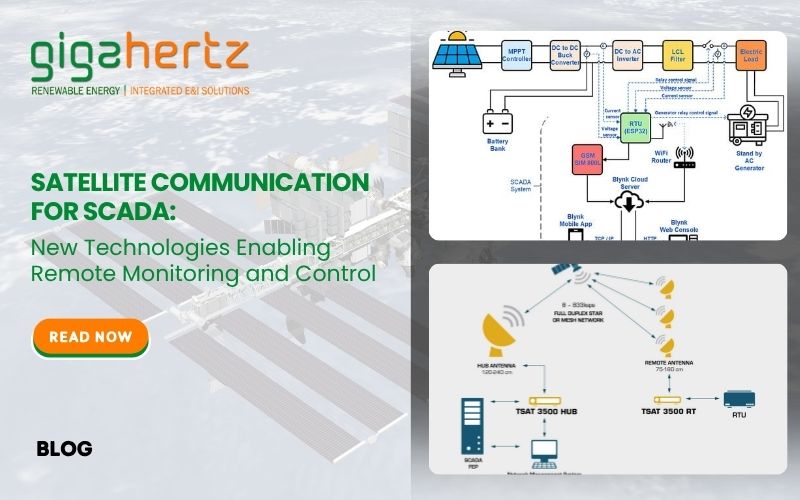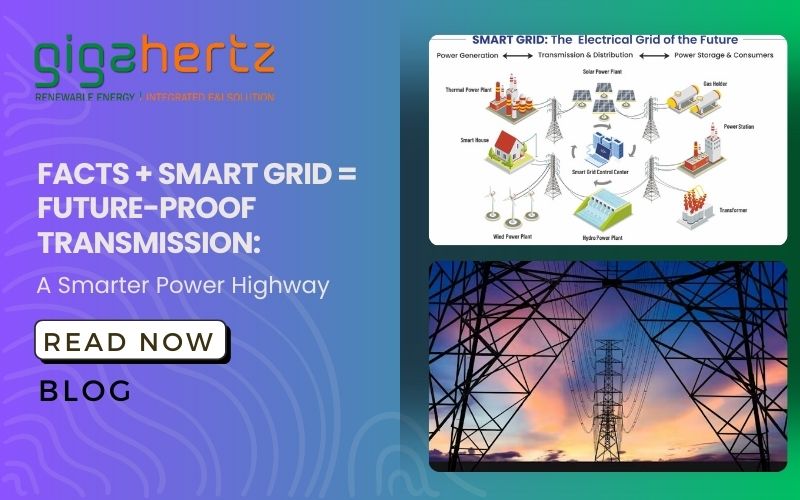
Power system protection is a critical aspect of ensuring the stability and reliability of electrical grids. Traditional protection methods such as distance relays and differential protection have served well for decades. However, with the increasing complexity of modern power networks, there is a need for faster and more accurate protection mechanisms. Enter Traveling Wave-Based Protection TW Protection a revolutionary approach that provides ultra-fast fault detection and precise fault location in transmission networks.
What is Traveling Wave-Based Protection
Traveling
Wave-Based Protection utilizes the principle of high-frequency electromagnetic
waves that are generated when a fault occurs in a transmission line. These
waves propagate along the line at speeds close to the speed of light and can be
detected by high-speed relays. By analyzing the arrival times of these waves at
different locations the system can pinpoint the exact location of the fault
within milliseconds.
How Does TW Protection Work
- Fault Occurrence – When a
fault happens it generates transient voltage and current waves that travel
along the transmission line.
- Wave Propagation – These
traveling waves move toward both ends of the line and reflect at
discontinuities such as transformers and circuit breakers.
- Wave Detection – High-speed
digital relays with ultra-fast sensors detect the arrival time of the
waves.
- Fault Location Calculation –
Using the time difference of wave arrival the relay calculates the fault
distance from the substation.
The fault
location is determined using the propagation speed of the traveling wave and
the arrival times at different substations.
Advantages of Traveling Wave-Based Protection
Ultra-Fast
Fault Detection – Identifies faults in three to five milliseconds compared to
twenty to thirty milliseconds for conventional methods. Highly Accurate Fault
Location – Pinpoints faults within three hundred meters reducing repair time.
Independent of Load Conditions – Works regardless of system impedance load flow
or fault resistance. Ideal for Long Transmission Lines – Best suited for five
hundred kV seven hundred sixty-five kV and eleven hundred kV networks. Reduces
Blackout Risk – Faster fault clearance prevents cascading failures.
Applications of TW Protection
Ultra-High
Voltage Transmission Lines five hundred kV and above for rapid fault isolation.
HVDC High-Voltage Direct Current Systems – Essential for long-distance power
transmission. Renewable Energy Grids – Ensures reliability in wind and solar
power networks. Hybrid AC DC Grids – Provides effective protection for complex
transmission systems. Submarine and Underground Cables – Improves fault
location accuracy in cables where conventional methods struggle.
Challenges and Considerations
Sensitive
to Noise and Reflections – High-frequency interference may affect accuracy.
High-Speed Data Processing Required – Needs MHz-level sampling rates increasing
relay costs. Dependency on GPS Synchronization – Double-ended TW protection
relies on precise time-stamping. Integration with Existing Protection Schemes –
Often used in conjunction with distance and differential protection.
Future of TW Protection
As power
systems evolve TW Protection is set to play a vital role in enhancing grid
resilience. AI and machine learning are being integrated to filter noise and
improve fault recognition. Additionally new synchronization methods are being
explored to reduce dependency on GPS. As the demand for more reliable and
faster protection grows TW Protection will become a standard feature in modern
power grids.
Conclusion
Traveling
Wave-Based Protection is revolutionizing the way power grids detect and respond
to faults. With its ultra-fast fault detection high accuracy and suitability
for modern high-voltage networks it is poised to become a crucial part of
future smart grids. As utilities and grid operators continue to invest in
cutting-edge protection technologies TW Protection will lead the way in
ensuring a more stable and resilient power system.






